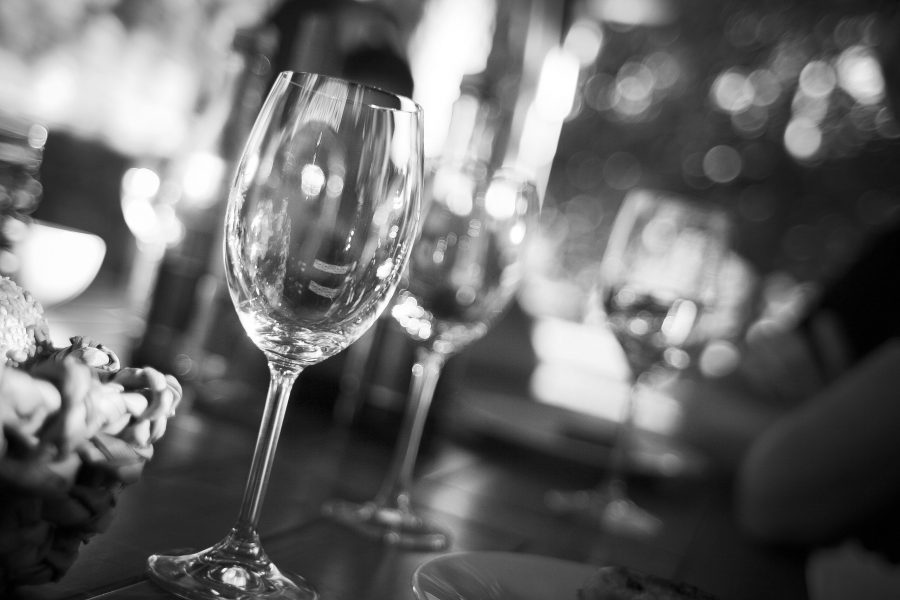My World: June 2021…
This is part of a series of articles where our contributors describe how they think things will look a year from now.
Will this reality check restrain the wealthy from flaunting their extravagance, or tempt middle market drinkers to pay more for small pleasures?
This time next year, eh? Deep breaths required… and a quick caveat: it’s important to point out that my vinous forecasting has been terrible over the years. Hopeless, even. For example, when cases of young first-growth claret first breached the £1,000 mark (the 1996 vintage, en primeur, in a doubling of the release prices of the 1995s), “ridiculous”, “totally absurd” and “utterly unsustainable” were just a few of the phrases spluttered. You might now pay £6,500 for the 1996 Château Margaux.
At the same time, I became convinced that the region of Sauternes would have its day in the sun. Unique wines, made in relatively tiny quantities (vines at most properties will produce only a single glass each, whereas a plant at, say, Lafite can yield approximately a bottle) – people were bound to chase them hard. Er, well, not quite. My only defence is that the likes of LVMH and Axa (owners of Châteaux d’Yquem and Suduiraut respectively) were thinking along similar lines.
Then with the financial crisis of 2008-09, my bet on the success of bottles that occupied the middle ground of £10 to £25 completely failed to pay out, as consumers either went cheap (Prosecco, anyone?) or top end (first-growth claret coming back to haunt me once more).
So, there you have it: past evidence clearly set out, and very much bottom of the class. Pinches of salt all round for what you are about to receive.
But hang on, what about predictions one and three: do I now detect a faint (and obviously late) degree of prescience? Let’s take the former: might there be a reality check amidst the wealthy, a mantra along the lines of: ‘Was I really paying that much for a drop of fermented red grape juice?’ The lucrative Chinese market certainly felt that way back in 2012, deciding that the Bordelais had over-egged their prices considerably and they were no longer going to play ball. The über-rich have much enjoyed plonking posh bottles on the table: will they continue to feel that necessary, merely to impress their fellow diners? Life, perspective, etc? Maybe not.
Meanwhile, prediction three: with everyone now drinking at home, hasn’t lockdown given the daily bottle of wine a greater significance? The choice is no longer what was in the fridge, or in the rack, or whatever the neighbours brought round six months ago. Perhaps a different culture is taking root, as consumers pay an extra couple of quid to indulge themselves, with an £8 spend becoming £10, a £10 becoming £15, with the commensurate quality blooming in the glass. Of course, there’ll be plenty of unsold wine sloshing around the world; £10 may yet get you the £15 drop anyway.
However, what most occupies the minds of our trade now is obviously the hospitality industry. Pubs, bars, hotels, restaurants, caterers – with their pre-coronavirus business models, how on earth does one start to reconfigure? And the same goes for drinks companies that focus solely on these sectors.
Let’s just hope that as many as possible come back. But on how that’s done, the questions are endless. Take restaurants: rents, rates, covers, service, menus. Will takeaways need to become an intrinsic part of the operation? Whence hustle, bustle and buzz at 50% capacity? And, of course, the wine list… short, or thorough? Cash margin, or revert to traditional percentage? And if the former appeals, possibly go a step further and make things BYO anyway? No doubt these musings will be as misplaced as ever.
My predictions for June 2021:
UK in recession: Yes
Sterling vs US dollar: Lower
Sterling vs euro: Lower
UK base rate: Lower than 1%
UK RPI: Lower than 2%
Halifax UK house price index: Lower
US president: Trump
UK/EU trade deal: No
UK/US trade deal: No








